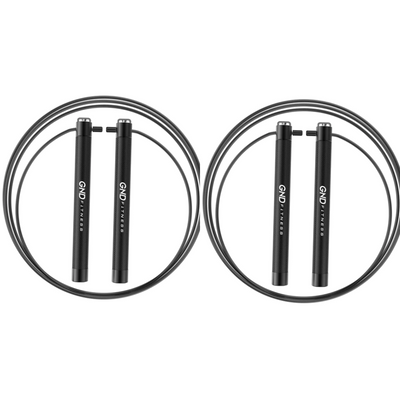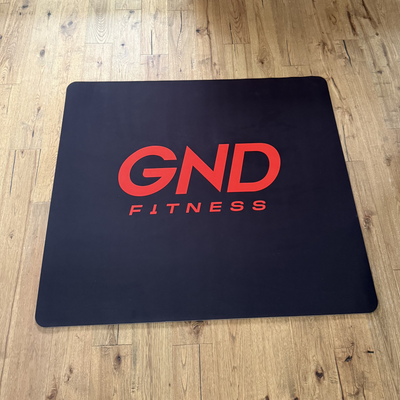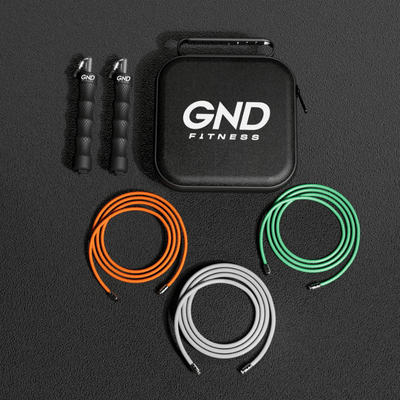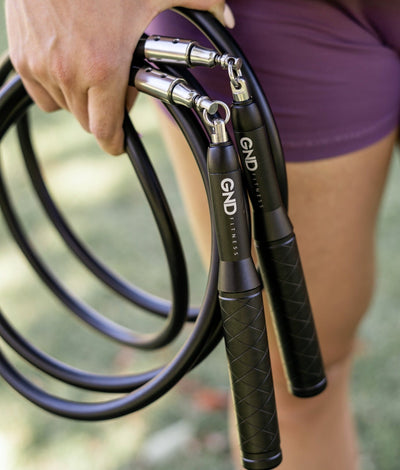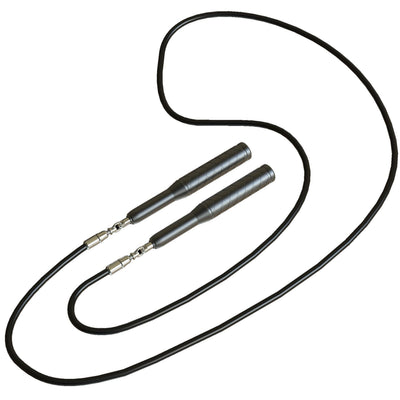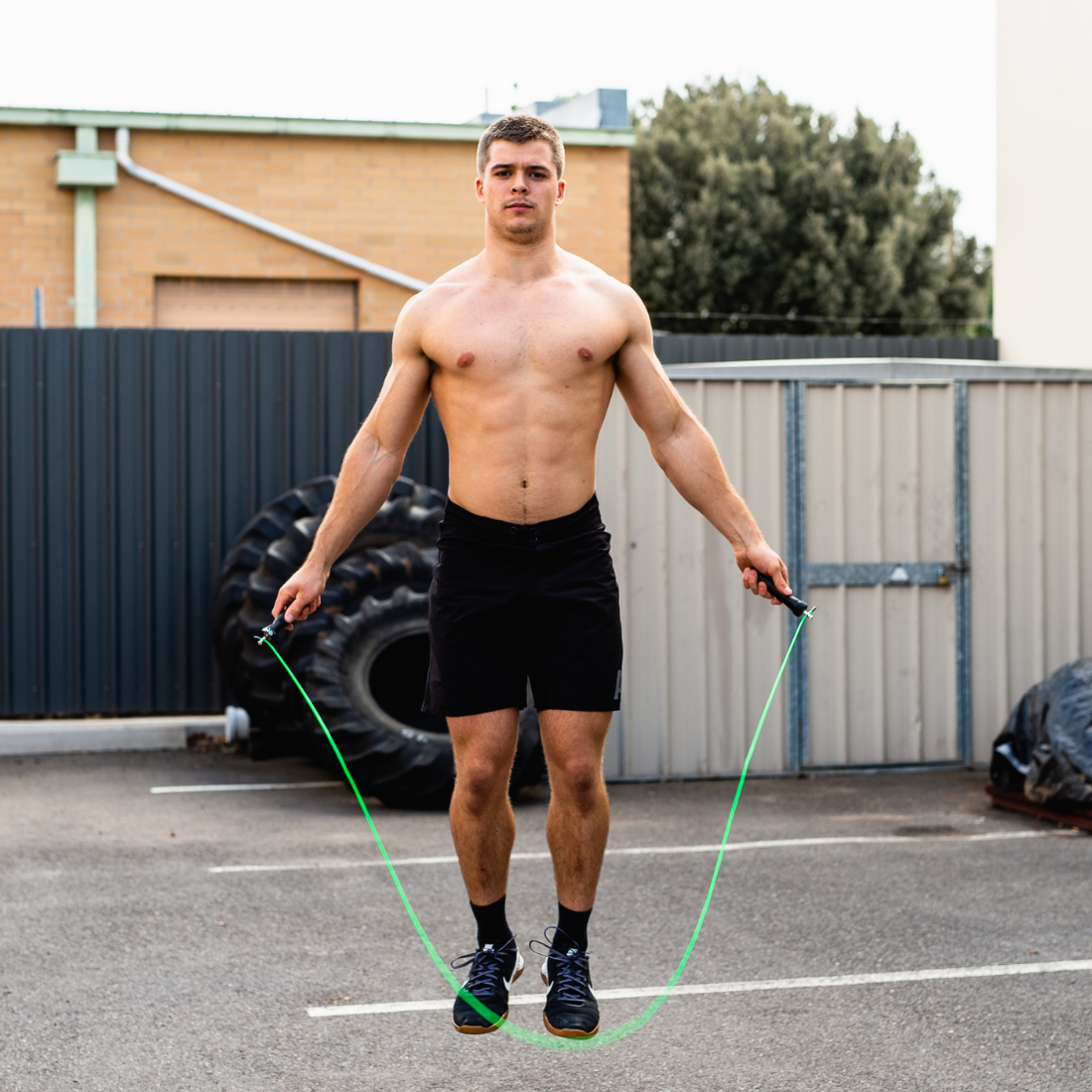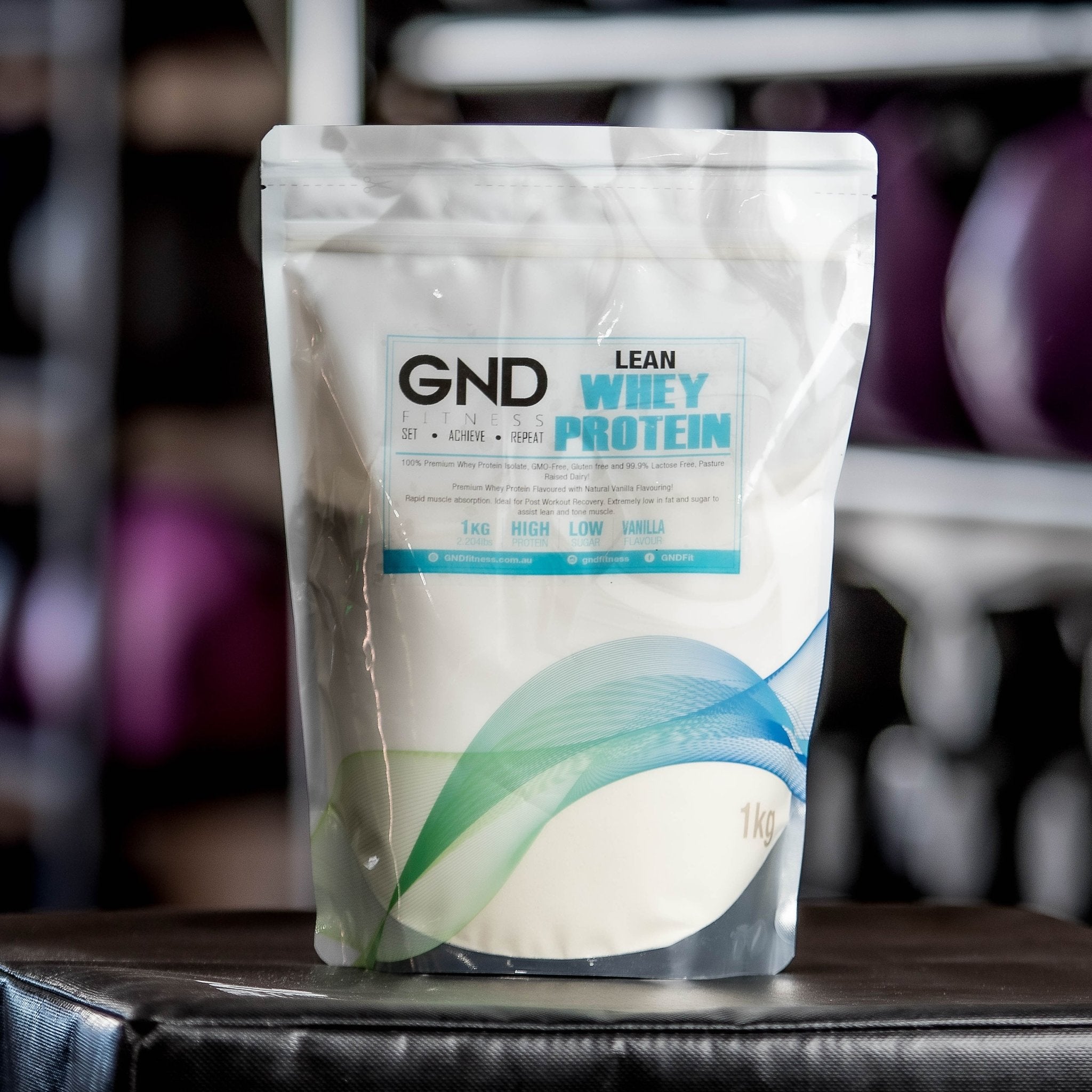
HIIT vs Strength Training
Garth Stivey
HIIT vs Strength Training
We’ve only got a limited amount of time to work out. That means that we need to make choices about how we train. In recent years, high intensity interval training (HIIT) has become very popular. In fact, many people do a weight based HIIT program to cover both their fat loss and strength gaining needs. But, HIIT with weights is not the same thing as strength training. In this article, I’ll lay out the differences and show you how to get the best from both workout methods.
What is HIIT?
High Intensity Interval Training had its beginning with research by the Japanese Olympic skating coaching team in the mid-1990s. They had their athletes performing short sharp cardio workouts, with even shorter rest periods for multiple rounds.
Specifically, the athletes did 20 second sprints on an exercise cycle followed by a 10 second rest recovery. This was repeated for 8 rounds.
It was found that the athletes’ cardiovascular health markers, including their VO2 max, were far better than when they did traditional steady state cardio. In addition, they burned more calories while exercising. But the real kicker was what happened after the workout. For the next 24-36 hours, the athlete’s metabolism was boosted by as much as 5 percent. This was found to be the result of what is known as the EPOC effect.
EPOC stands for excess post-exercise oxygen consumption. Because the demands of the workout require more oxygen input after the workout, your body needs more energy to process that oxygen in the body. As a result, you will still be burning calories from the HIIT workout you did this morning when you’re sitting on the couch this evening.
HIIT Weight Training
HIIT weight training takes the HIIT concept of short intense training followed by shorter rest periods and substitutes weight training exercises in place of cardio. The best exercises to choose are those compound exercises that will get you puffing while also working the major muscles of your body.
Some good weight training exercises to choose for HIIT weight training are …
- Squats
- Deadlifts
- Renegade Rows
A HIIT session using squats might look like this …
- Load a weight on the squat bar that is 50 percent of your one rep max.
- Set up a stopwatch that you can see while training.
- Do full squats for 20 seconds.
- Rest for 10 seconds (no longer)
- Do another 20 seconds of squats
- Repeat for 8 rounds
HIIT weight training sessions will do the following:
- Improve your cardiovascular markers
- Burn stored body fat
- Increase muscular endurance
HIIT weight training, however, will not build strength or increase your muscle mass. The reason is that you are not using enough weight in order to provide the stress on your muscle fibers to force them to adapt by getting stronger and more muscular. Recall that the weight you have to use with HIIT weight training is only 50 percent of your one rep max. That needs to be the case to compensate for the shorter rest periods.
What is Strength Training?
Strength training involves performing exercise with the express purpose of making your muscles stronger. The most commonly performed type of strength training involves moving dynamically against a weight resistance. Dynamic movement, as opposed to isometric, sees the muscle moving through its natural range of motion.
When you do dynamic strength training, you are placing stress on the working muscle. If the resistance that you use is less than or equal to what the muscle is used to, it will meet that demand and nothing will happen. It is only when you use a resistance that challenges the strength level of the muscle group, that the body is forced to sit up and take notice.
After your workout, your body will prepare to better meet the stress in the future. It does this by rebuilding the muscle, so long as you provide it with the nutrients it needs to do so, to make it a little bit stronger and bigger.
In order to make your muscles stronger, you need to train within a range of 80-100 percent of your one rep maximum. That will look very different to a HIIT weight training session. For comparison’s sake, here is what a strength training squat session might look like …
- Load the squat bar with 70 percent of your one rep max.
- Do a warm up of 15 reps.
- Rest for 60 seconds.
- Add more weight to bring it up to 75 percent of your 1RM
- Do 10 reps
- Rest for 60 seconds
- Put the weight up to 80 percent of 1RM
- Do 8 reps
- Rest for 60 seconds
- Put the weight up to 85 percent of 1RM
- Do 6 reps
- Rest for 2 minutes
- Put the weight up to 90 percent of 1RM
- Do 4-5 reps
- Rest for 2 minutes
- Do a final set of 4-5 reps with 90 percent of 1RM
You will notice that, in addition to using a much heavier load, you are also resting for a far greater length of time between sets.
How to Combine HIIT with Strength Training
What should be abundantly clear at this stage is that you cannot do HIIT weight training as a replacement for conventional strength training. HIIT will not get your stronger or build muscle, while strength training will not burn a lot of body fat. Instead, you shoulld do both forms of exercise as part of your weekly training schedule.
I recommend doing 3-4 strength training sessions each week. In a separate session, perhaps on the days that you are not doing strength training, do traditional HIIT, as performed by the Japanese skating team. This is known as HIIT Tabata and involves doing 20 second sprints followed by 10 second rest periods for 8 rounds. Use the treadmill, rowing machine or your skipping rope to do your HIIT training.
Key Points:
HIIT is best for …
- Fat Loss
- Improving cardiovascular fitness
Strength Training is best for …
- Muscle gains
- Strength enhancement
Combine strength and HIIT with 3-4 strength training and 2-3 HIIT workouts per week.
















